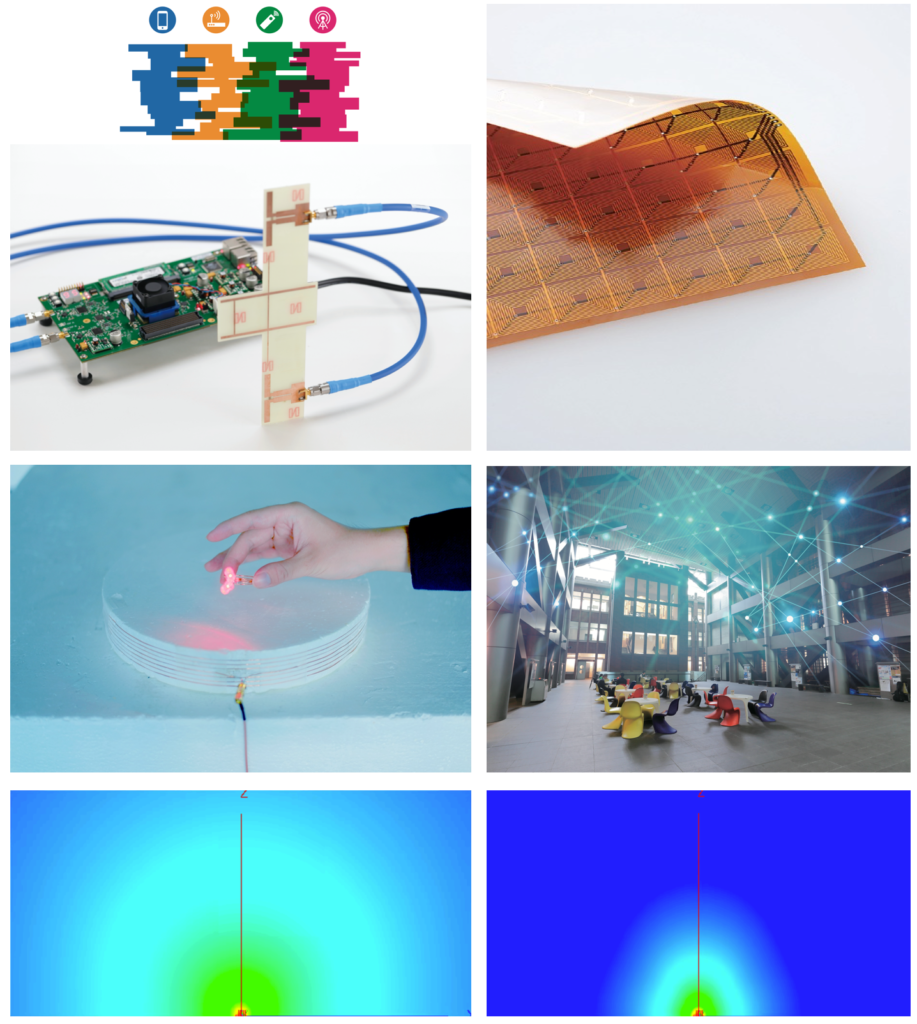
NARUSUE Yoshiaki Associate Professor
Hongo Campus
Graduate SchoolGraduate School of Engineering - Electrical Engineering and Information Systems
DepartmentDepartment of Information and Communication Engineering
Ubiquitous Information Environment Technology Field
Information network
High-Performance Computing
Web informatics, Service informatics
Communication/Network engineering
Artificial Intelligence (AI)
Wireless Communication (5G/6G)
Wireless Power Transfer
Internet of Things (IoT)
Exploring Wireless Technologies Empowering the Future
We are researching and developing next-generation wireless technologies and field-oriented computing to realize "Zero-Configuration CPS," which aims to design, build, and operate cyber-physical systems (CPS) with minimal human costs.
Research field 1
Next-Generation Wireless Technology

Genuine Wireless: Despite the widespread and increasing use of wireless communication, we still encounter many cables around us . To achieve a cable-free environment, we are researching on both wireless communication and wireless power transfer technologies. Specifically, we are focusing on developing dynamic frequency sharing technologies to utilize radio resources more efficiently , as well as coexistence technologies between Wi-Fi and microwave power transfer.
Smooth Wireless: Since wireless technology can serve as the foundation of any system, it is crucial that it is easy for anyone to use. Accordingly, we are focused on researching and developing easy-to-use wireless technology with the keyword "Zero Configuration." Specifically, we are working on the development of technologies such as concurrent transmission flooding technology, which can construct a multi-hop sensor network just by placing sensor nodes, and an automatic design mechanism for wireless power transfer systems.
Reliable Wireless: Wireless technology often has a reputation for being prone to disconnections and being unsafe. To dispel these misconceptions and achieve a wireless system that anyone can use with peace of mind, our research is aimed at establishing wireless technology with higher reliability than wired connections. Specifically, we are advancing research and development on high-reliability communication using distributed antennas, wireless power transfer interfaces that prevent power supply failures due to position displacement, and reducing electromagnetic field leakage to safeguard human health and EMC.
Research field 2
Field-Oriented Computing

Real-time Computing: Low latency and advanced computation capabilities are essential in fields that require real-time processing. Accordingly, we are considering next-generation communication standards, such as B5G and 6G, to achieve low latency and computation speed comparable to that of high-performance GPU servers, even with weak devices, and we are driving a research project on edge computing that utilizes post-5G networks.
Time-series Data Analysis: Sophisticated cyber-physical systems require high-performance inference mechanisms. In our research lab, we specialize in analyzing time-series data, such as sensor values and logs that are continuously generated by sensors and devices. More specifically, we are developing analysis techniques for predicting faults in wind turbines and solar panels, real-time pluvial flood prediction based on knowledge distillation, and analyzing sales activity logs.
Digital Twin: Digital Twin is a technology that collects information from the real world and reproduces the real-world environment in cyberspace based on the collected information. It is an indispensable technology for efficiently monitoring and simulating the real environment. Currently, we are promoting research and development of environmental measurement technology and data interpolation technology for radio environment Digital Twin and advancing its practical application to radio wave environment assessment.